Managing and coaching a sports team comes with a long list of responsibilities and duties. While professional baseball staff gets paid big money to help keep the organization running like a well-oiled machine, many coaches volunteer or get paid very little. One of the chief responsibilities of coaches is coordinating and executing weekly practices. Planning a practice can be a pain in the ass, but the trouble is worth it in the end. It is very rewarding to pull off a series of well-executed practices and see the skills of players grow and develop. The satisfying feeling of “I did that” is up there with the rare but sincere expressed gratitude of parents and players. Knowing some of the top baseball drills and workouts goes a long way to getting the most benefit from practices and ultimately leads to more wins in a competitive environment.
Did you know that little league participation numbers continue to rise? Or, that combined, baseball and softball now rank as the team sport with the most youth participants? That’s great news for little league organizations across the United States, but it also means you need a solid collection of baseball practice plans if you’re a coach.
Baseball requires a unique combination of mental toughness, physical fitness, and physical and mental agility. A good baseball practice session should help players build strength in each of these areas. Read on to learn more about the essential elements of youth baseball practice plans.
Failing to Plan is Planning to Fail
Maybe you’re a first time Little League coach and you got suckered into the coaching job by the rest of the parents who were too scared or lazy to step up to the plate. The fundamentals of baseball can be taught. Laying a solid foundation in a youth league will lead to much greater success for players down the road. Whether you’re playing in a youth league or MLB, repetition and muscle memory reign supreme.
For most coaches, it all begins with tee ball and it ends around high school baseball. Very few of us go on to coach our boys after high school. The baseball practice drills we discuss will range from those designed for youth players of 4 and up to 18 years old. Some of these are applicable for collegiate ball and higher leagues, so if you’re a professional coach surfing for ideas you may find something as well.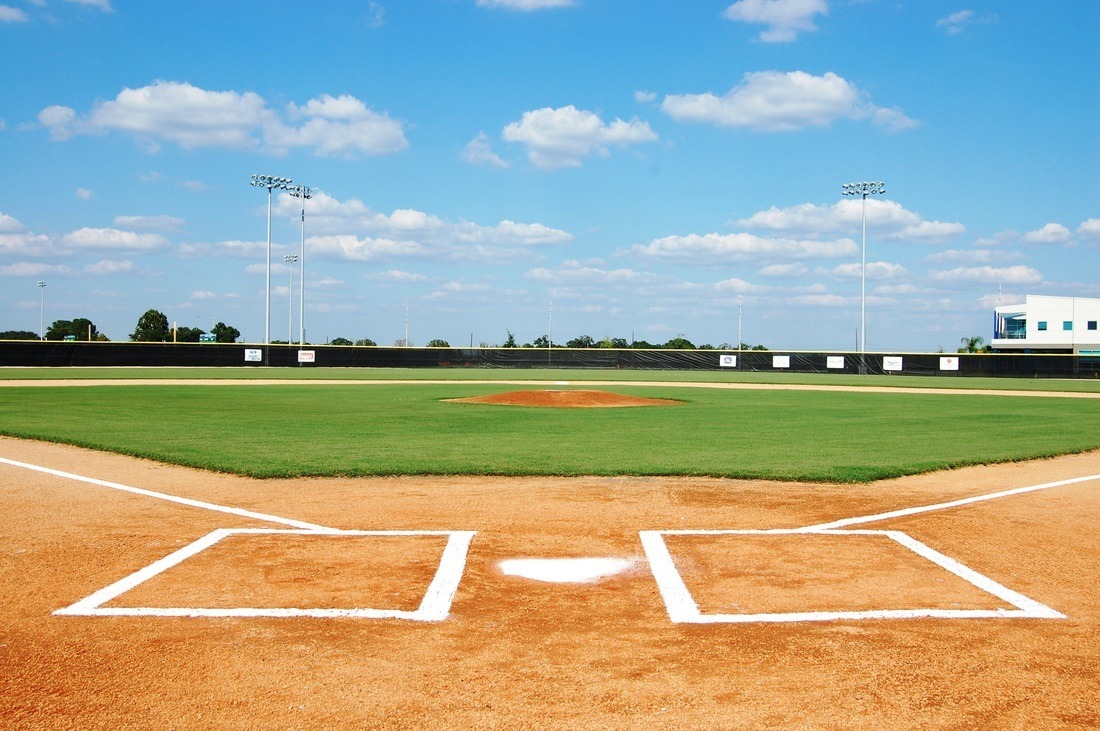
Instead of “winging it” and have practice descend into a chaotic mess leaving you looking incompetent, a much better strategy is coming up with a simple practice plan. Practice doesn’t need to stick to a rigid schedule. Some drills may prove to be a big hit with your team, or maybe a certain drill seems to really be benefiting players and you want to spend an extra 10 minutes on it. That’s why it’s good to go into practice with a basic outline of what you want to accomplish and maybe a few notes with helpful reminders. A little deliberation will go a long way to holding a successful practice and it doesn’t require two hours of planning the day before.
The Most Important Equipment for Baseball Practice
Here are some items every well-prepared coach should keep well-stocked. Having this equipment will lead to versatile practices that can incorporate a wide variety of drills.
- Five Gallon Buckets. The more of these you can get the better. In a perfect world, each coach will have one or two of these so they have their own personal supply of baseballs. This allows practices with multiple activities to run smoothly. A greater supply of balls also means players will spend less chasing stray balls during practice and can be done during breaks, after practice, or by coaches at a convenient time. Kids chasing after balls is the number one biggest time-waster in practice. Side benefit: these buckets also function well as portable chairs for the coaches.
- Throw Down Bases. Ideal to build a mini diamond anytime, anywhere. They can be used as markers instead of cones when you need to give players the real feel of using a base. Also, makes for a more versatile practice setup if you’re doing multiple infield drills and need more than just the standard four bases.
- Cones. The 8-inch disc-style cones that are commonly used by soccer coaches are the most ideal. These don’t get knocked over like the stand-up cones. Obviously these mark and indicate where players need to stand and facilitate understanding of the drill before it takes place.
- Wiffle Balls. The indispensable tool for batting every good coach keeps a large supply of. They make it possible to do a large number of swing repetitions in a relatively short amount of time. They are safe for the pitcher and can be pitched from a short distance. Additionally, they don’t fly fall so wiffle balls can easily be gathered to get in more swings. Sidenote: Some coaches substitute pickle balls (used in the racquet sport) because of their durability and some hitters prefer the feel of them coming off the bat more. They are also slightly easier to throw.
- Catcher’s Gear. Usually, the school or league will provide catcher’s gear. This gear becomes increasingly important when kids start to get bigger and throw harder. Most drills you can get away with without putting it all on but it’s a good idea to keep a set handy for skirmishes.
The Five Pillars of a Successful Baseball Practice Plan
Baseball practice plans are as varied as skillsets, builds, and ability levels. Obviously, there will be some key differences between college baseball practice plans and Little League baseball practice plans. Outdoor practices have more space to work with, while indoor baseball practice plans will be more limited in the range of drills to work with. Nevertheless, there are some key guidelines that nearly all successful practices follow.
- Warm-Ups & Conditioning.
- Skill-Specific Drills.
- Team Drills.
- Fun Drills.
- Water Breaks.
1. Warm-Ups and Conditioning
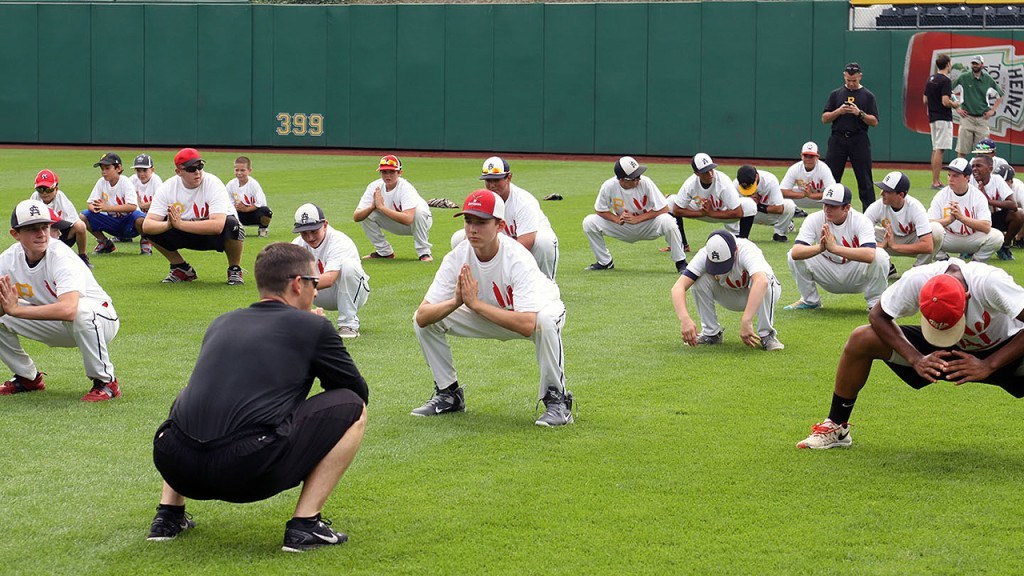
An essential part of any good practice are warm up drills. These drills get players bodies moving and warm which prevents injuries as well as increases player engagement and focus. Whatever players have been going through during the day, these initial drills give them a way to get into practice mode. Keep in mind, you don’t need to have them run to the outfield and back a hundred times to accomplish this either. While you may earn a reputation as a feared and authoritative coach, it’s not going to be the best use of time, in the long run, to do this every practice. A smart approach is to use warm up drills that condition while simultaneously improving speed and agility and/or baseball skills.
Examples of Warm-Up Drills
Here’s three great ideas for your team to execute prior to a practice or game.
Warm Up #1: Light Jog Followed by Dynamic Stretching
Purpose: Warm up athletes and prevent injuries.
Equipment and Setup: Baseball field or mini diamond, enough square space for the team to spread out and stretch.
Execution: There are many ways coaches suggest warming players up. The best method most athletic trainers follow is dynamic stretching warm up rather than a static stretching one. You want to hit all the main muscle groups and allow players to get mentally prepared. Below is a great video example of dynamic stretching.
Warm Up #2: Dynamic Exercise
If you work with kids 13 and older, sets of dynamic exercises are a great way to get everyone warm-upped and the blood flowing. Dynamic exercises offer athletes light cardio and stretching, perfect for getting your team mentally focused and physically prepared. For really young kids, a simple base running activity can be sufficient (especially if you don’t have much time). Here’s some dynamic exercises we recommend:
- high knees
- skipping
- jogging
- running
- bounding
- backpedaling
- jumping jacks
- walking knee hugs
- arm circles
- leg swings
- side shuffle
- lunges
- squats
- inchworms
The best part is you can teach kids to start these warm-ups as soon as they arrive on the field. That way, your team will be ready to stretch on both practice and game days.
Whether you opt for base running or dynamic exercise, it should get followed by some stretching. Of course, stretching should never be done on cold muscles. So, teach kids to always warm up first. This one-two pre-game “punch” will follow kids throughout their athletic careers, helping them reduce their risk of injury and improve their overall performance.
Warm Up #3: Stretching
No matter the age group, participating in a thorough stretching routine before practice and games is an essential component of athletic performance. In fact, the youngest players may not have a physical need to stretch at all. That’s because their bodies stay loose and relaxed from sunup to sundown.
But that doesn’t mean you should neglect a stretching routine for players 12 and younger. After all, the athletic habits you instill in them now will follow them throughout their careers. Make building good habits an important aspect of your baseball practices.
Think of stretching as a time to get your whole team focused and ready for a concentrated practice. That way, you’ll use your practice time more efficiently while fostering the mental and physical strength kids will rely on, on game day.
No matter the age, ask your team to sit in a circle and go through a series of basic arm, leg, and shoulder stretches. Here are some positions to incorporate into your pre-game stretching sessions:
- forward lunges
- side lunges
- cross-over toe touches
- standing quad stretch
- lotus stretch
- forward seated bend
- sideward seated bend
- knees to chest
Stretching represents an excellent time to touch on what you’re going to cover in practice. Ask them to visualize how they’ll perform out on the field or at bat to incorporate the mental side of baseball into practice.
Warm Up #4: Base Running
Kids should warm up before each practice. But this may not prove as straightforward as you’d think, especially when dealing with kids 12 and under.
When it comes to younger players, it’s not as simple as telling then to jog around the field. Why? Because they’ll assume it’s a competition and head out at top speed.
Before you know it, you’ve got a team of exhausted kids on your hands who need time to recover before continuing practice. That can prove a disaster when you’ve only got an hour together. So, what’s a better route to go?
Base running works great for younger kids, and this is something that you can do as a cool down at the end of practice, too. After all, younger kids love base running. You can also bring muscle memory and the mental edge into this by stressing the importance of touching the front of the bag and running through the base.
To begin, have players run from home to first. Pretend they’re attempting to beat a hit that’s infield. Then, have them run from first to third base and walk home.
On the next go around, have them run a double. Then, pretend they’re scoring on a second base hit. By this time, your players should start feeling warm.
Although, for good measure, you may have them run a triple or a home run to make sure that blood’s flowing. Just stay sensitive about overexertion or else you’ll end up with a tired team. And make sure to emphasize the fundamentals of base running so that your kids use their bodies and their brains.
2. Skill-Specific Baseball Drills
Skill-specific drills are offensive and defensive drills. These are the bread and butter of any baseball training plan. They give players the opportunity to practice fundamentals and mechanics. Sometimes, these drills are also known as position-specific drills. Skill-specific drills is a wide umbrella category that covers infield drills, outfield drills, throw/catch drills, pitcher drills, catcher drills, base running drills, and hitting drills. These drills are the best way to develop good habits and muscle memory in each player.
While there are many, many choices on which skill-specific drills you want to implement in your baseball workouts, it’s important to keep in mind that there is one main limiting factor on which drills you select. That factor is how many coaches consistently show up and can be counted on. If it is just you, you’ll want to do a lot more team drills to aid in keeping everyone together and focused. If you have an assistant coach and a few helpers, players will get much more one–on-one time and you’ll be able to set up a more thorough practice.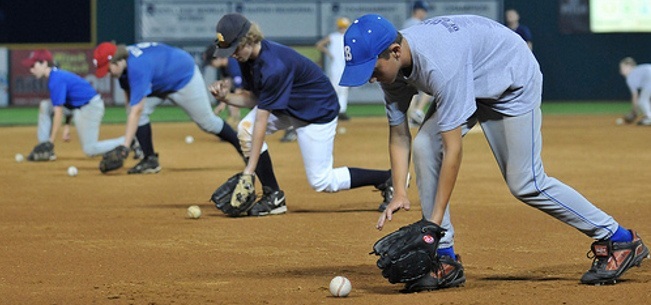
Examples of Skill-Specific Drills
Target Bunting
Purpose: Develop directional bunting skills and “soft” hands.
Equipment and Setup: Three hula hoops, a few bats, 5 gallon bucket of balls. Position a hula hoop in front of home plate, in the first base line, and in the third base line.
Execution: The coach or pitcher will pitch to players at home plate. Before each pitch they will call out a color, and the batter will attempt to bunt the ball near or into the designated hoop. This is an excellent way for players to develop control in their bunting. To make a competition out of this drill, simply award points to each hoop made and tally the score at the end.
3. Team Baseball Drills
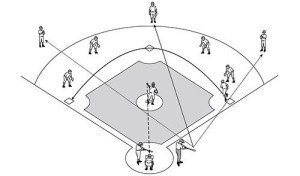 Team drills include the whole team and focus on the element of team work. Players learn how to work together and where they fit within the team. They are the core of any good baseball practice plan. It is a good idea to be careful of how many and which team drills you use in a single practice. This is because many times these drills will lead to players waiting in line for their turn and can lower player engagement. It’s smart to reduce this wait time as much as possible.
Team drills include the whole team and focus on the element of team work. Players learn how to work together and where they fit within the team. They are the core of any good baseball practice plan. It is a good idea to be careful of how many and which team drills you use in a single practice. This is because many times these drills will lead to players waiting in line for their turn and can lower player engagement. It’s smart to reduce this wait time as much as possible.
Outside of facilitating team work, another one of the main benefits of team drills is that it simulates real game situations. With all eyes on the player that’s active, it increases the pressure and the individual’s desire to perform well. Nobody wants to look bad in front of their peers and coaches.
Examples of Team Drills
Full Count or 2-1 Scrimmage
Purpose: This drill is designed to speed up a normal duration scrimmage therefore putting more pressure on the batter and pitcher.
Equipment and Setup: Game equipment (bat, gloves, baseball, helmets), and baseball diamond.
Execution: Decide on the starting count for each hitter. Other than the count, everything is the same as a normal scrimmage. This drill accelerates the scrimmage and allows you to do it in less time, or get through more batters in the same allotted time as a normal scrimmage. There is no room for error the pitcher will try and throw strikes and the batter will do their best to hit them. This drill also enforces players with the attitude that they are going to get a hit when stepping up to the plate.
4. Fun Baseball Drills
Though this may be labeled as the “fun” category, it simply means drills that help the team unwind and remember what sports are all about. Typically, fun drills can be as straightforward as team batting exercises towards the end of practice or as creative as a made up game that everyone enjoys. These drills are usually saved until the end of longer practices, as focus is beginning to fade after a long day of school and physical exercise. You get a bit more freedom and can be more liberal with these types of drills with younger teams, especially Tee Ball. These types of drills also include skirmishes which is a great way to wrap up practice.
Examples of Fun Drills
Relay Base Running
Purpose: This helps your players practice base running skills and have a fun competition while doing so. There is an additional ball handling element as well.
Equipment and Setup: 2 baseballs and four bases.
Execution: Divide the team into two groups. The first group will line up at second base and the other group will line up at home plate. At the coach’s whistle, the first player at each base will begin to run and round the bases. When he makes it back around to his team, he hands off the ball to the next player who follows in his footsteps and rounds the bases. The first team to have the last player in line go around all the bases wins. You can vary this drill by having the players wear mitts and toss the ball instead of hand off, or throw the ball once they reach first or third.
500
Purpose: A fun game with a little competition. This is a classic that has become a tradition in baseball fields across the country.
Equipment and Setup: Ideally a full diamond, can be played on a mini diamond. Four bases, gloves, bat, and ball.
Execution: Have all the players besides one (who will be the hitter) spread out across the field, roughly equally spaced. The coach acts as the pitcher and pitches to the batter. Different defensive plays are assigned a number of points. Fielding a multi-hop ground ball is 25 points, a one hop ground ball is 50 points, and catching a ball before it hits the ground is 100 points. The first fielder to reach 500 points gets to bat next.
5. Water Breaks
Breaks for water and regrouping are often overlooked by newer coaches, but are a key cornerstone to any baseball practice. You don’t want one of the kids flopping over from dehydration. That will always put a damper on practice and possibly result in very angry parents. In all seriousness, dehydration is a big issue and player safety should always be number one. Keeping all of your players hydrated will help keep energy levels and team morale high.
The average baseball practices runs from about an hour to two hours. Generally, a two hour practice will include a minimum of two water breaks and a maximum of four. How hot it is in your practice environment, what type of drills, the intensity of the drills, and the age of your players are the main influencers governing how many water breaks are necessary. A nice side benefit of water breaks is that it allows coaches to come together for a brief discussion on progress and to figure out responsibilities for the next set of drills.
Putting it All Together
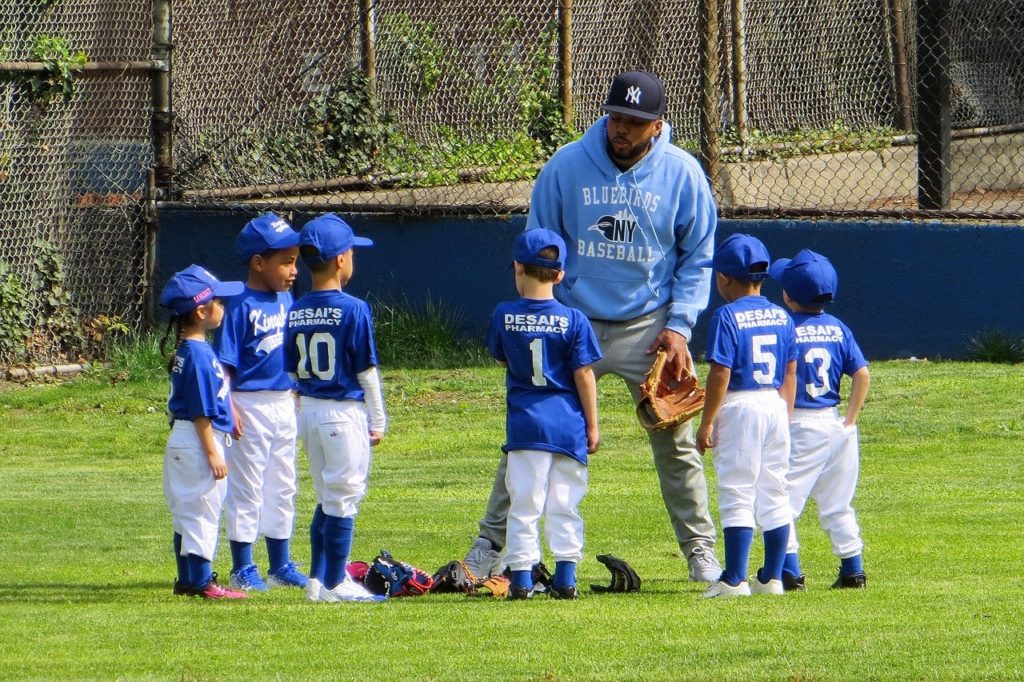
Sample Practice Plan #1: Ages 12 and Under
So, what does an efficient hour-long baseball practice plan look like? Here’s an example of one that’s appropriate for younger players.
Warm-Up
First, start with the base running warm-up to get your team members’ muscles moving. To get their brains working, too, remember to focus on proper base running technique, which means sprinting and overrunning bases to replicate a game situation. This typically takes ten minutes to complete.
Stretching
Second, follow your warm-up with a 10-minute stretching session. You can build your stretching circle around the mound or center field depending on how much of the field you have access to. During this stretching time, go over how that day’s practice will be organized and practice visualizations.
Throwing & Catching
Third, now that your players feel loose, relaxed, and confident, have them line up in two columns facing each other to practice throwing and catching. Assign each kid a partner to make sure they know who they’re throwing to. Give kids about 10 minutes to warm up those throwing arms.
Stations
Spend the next 20-25 minutes working in small groups at various stations. Stations should include a:
- tee work/soft toss station
- fielding/throwing station
- fly ball/throwing station
- live batting practice
Cooldown
With whatever time you have remaining, finish up with another round of base running. Depending on the age group and practice time allotted, you can adjust this basic outline accordingly. Older kids have more endurance and longer attention spans, which means you may be able to dedicate more time to stations.
Sample Practice Plan #2: Ages 13 and Up
Check out this breakdown of how to run practice with older kids. We’re assuming that you have two-hour long practice sessions at this point. But if not, we’ve included tips in the plan to speed things up.
Dynamic Warm-Up
For older kids, begin with a dynamic warm-up. That may involve some jogging and lunging or you may plan a longer routine incorporating a variety of moves from the list above. Remind players as you go through this dynamic workout that they should perform these warm-up exercises anytime they’re going to participate in physical activity to avoid injury.
Stretching
Once you’ve completed your dynamic warm-up, stretch it out while discussing how the practice will work. Prompt your players to visualize how they’ll do so that they go into practice with clear, achievable goals. After you’ve completed stretching, then have players line up in two rows and practice throwing and catching.
Older kids should complete their warm-up, stretching, and throwing practice within the first 20 minutes of practice. Then, it’s time to dive into the fundamentals.
Ground Balls & Fly Balls
Spend 20 minutes or so working on ground balls and fly balls. Come prepared with buckets so that you maximize repetition while minimizing throws.
This plan assumes you have two-hour long practices with your team. But if that’s not the case, then you should break your team up into two groups at this point. Have one group work on the fundamentals while the other works on hitting. Then, midway through, switch them out.
Fundamentals
Whether the whole team works on this together or you break them up into two groups, this part of practice focuses on fundamentals. Spend the next 20 minutes on skills including:
- team base running
- pickoffs
- rundowns
- cutoffs
- relays
- first and third defenses
- bunt defenses
Make sure you emphasize precision, agility, and strategy. This may mean discussing the mental aspects of baseball as practice progresses.
Batting Practice
Depending on how much time you have available to devote to this part of practice, you can create up to four stations and have kids spend 10-15 minutes at each one. Batting stations might include:
- spot hitting
- two-ball tricks
- opposite field drills
- free hitting
Of course, you need to custom tailor each practice to what your team most needs to work on. For example, you may wish to cut back the amount of time allotted to batting practice in order to include another fundamental. Find your players’ weaknesses and then prioritize practice to strengthen these shortcomings.
Other Considerations: The Mental Side of Baseball
When it comes to crafting effective group sessions — whether little league practice plans or high school baseball practice plans — there’s a lot of information out there. We’re going to start with something a little unorthodox but truly important to the development of your little league players. Baseball is a mental game, and we forget it to our own detriment.
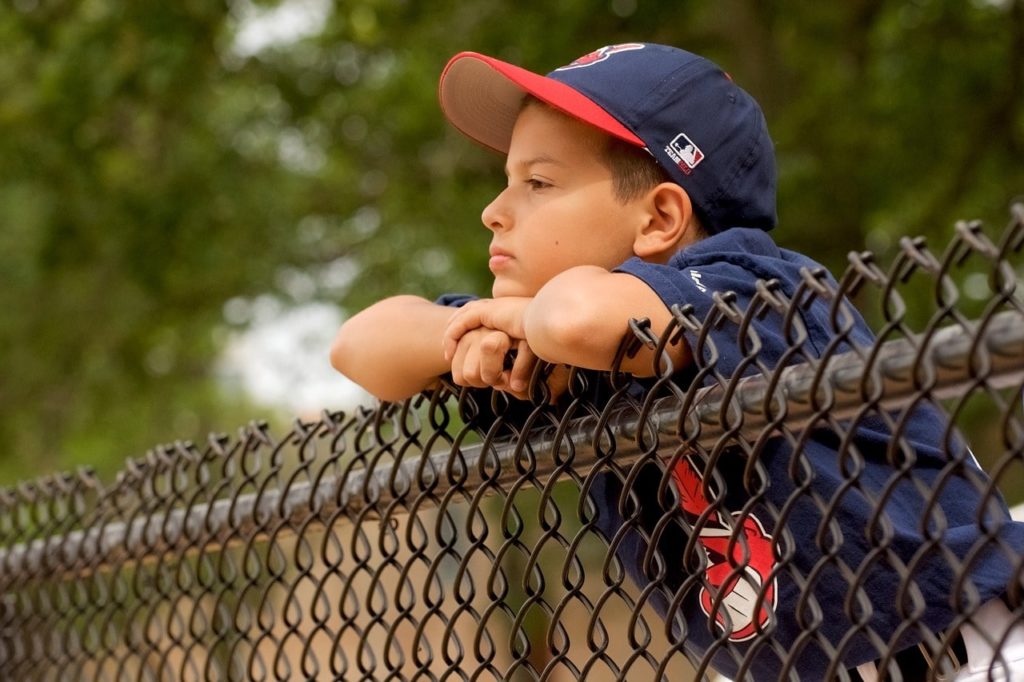
Baseball requires a unique mental attitude. On one hand, players may get lulled into a sense of complacency when a batter’s up to the plate and action proves minimal. On the other hand, with one crack of the bat, the pace of the game instantly changes. Players need to spring into action both physically and mentally.
In fact, baseball’s speed and reaction time remain legendary. This lightning-fast change of pace–and fortunes, for that matter–forces the best players to cultivate a resiliency that can float above the lulls and highs of each season and each game. And players must know how to “turn it on” in seconds, with mousetrap-fast reflexes.
Visualize Success
How can you help the young players you coach improve their mental stamina? Teach your kids to visualize their successes. Encourage them to relive these “best moments” over and over again, remembering how they felt and moved.
Visualization helps kids develop muscle memory, which proves crucial to succeeding in baseball. After all, baseball requires crazy amounts of confidence yet even the best batters fail more than they succeed. So, help your team gain this confidence by visualizing exactly what they’re going to do before their time at bat.
When it comes to success in baseball, believing in yourself isn’t an option. Your kids need to develop mental fortitude. They need to believe they’ll succeed before they ever leave the dugout.
Carve out five minutes of each practice for visualization. You can easily incorporate this into your stretching time. Make the mental game of baseball an important part of each practice, and watch your kids soar.
Planning Makes Perfect
The theme running through this entire article remains the importance of having an organized, clear plan of action for each practice. You need to know what you’re doing ahead of time and have it committed to paper to guarantee the most efficient use of everyone’s time. What’s more, your plan will only work if you can communicate it to your players.
So, be prepared to give a rundown of each practice session to maximize the efficient use of time. This will show your players and their parents that you’re dedicated to your team’s success. This remains the first step in raising the morale and confidence of your players.
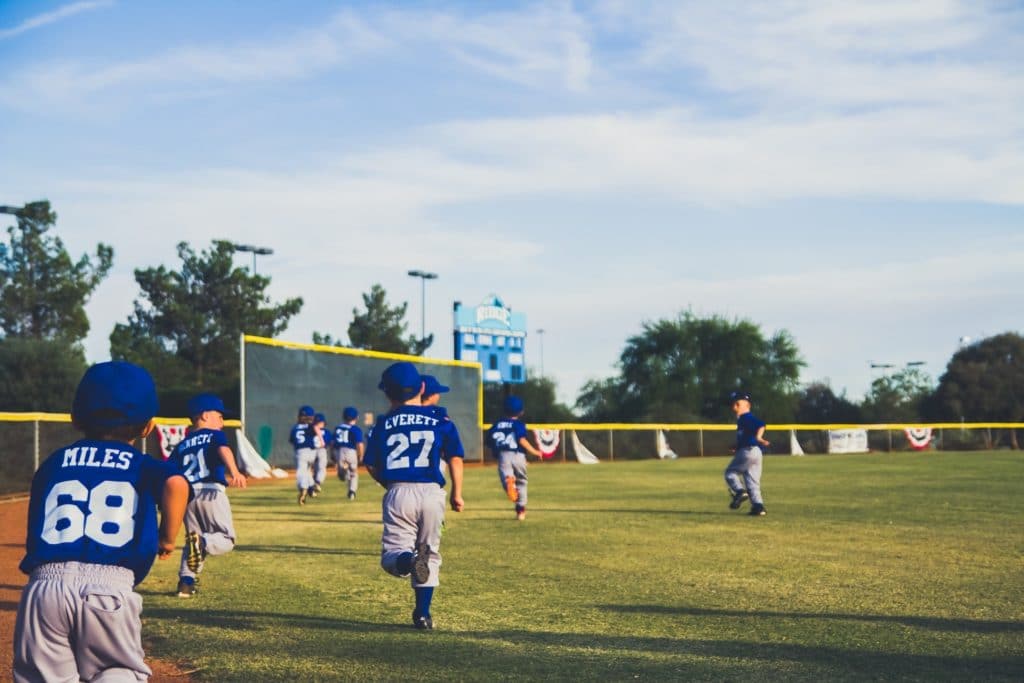
When you show your team that you take your job seriously, this will inspire them to take practice seriously, too. What’s more, by moving through stations in a streamlined way, you’ll keep players attentive and practice on track. There’s nothing more detrimental to parent confidence and team morale than practices that lack organization and a clear focus.
But when a coach shows up prepared and ready to work hard, then players are more likely to give 100 percent, both mentally and physically. You’ll avoid the chaos of an undisciplined team, and you’ll avoid parents second-guessing every move you make. It’s a win-win for everybody.
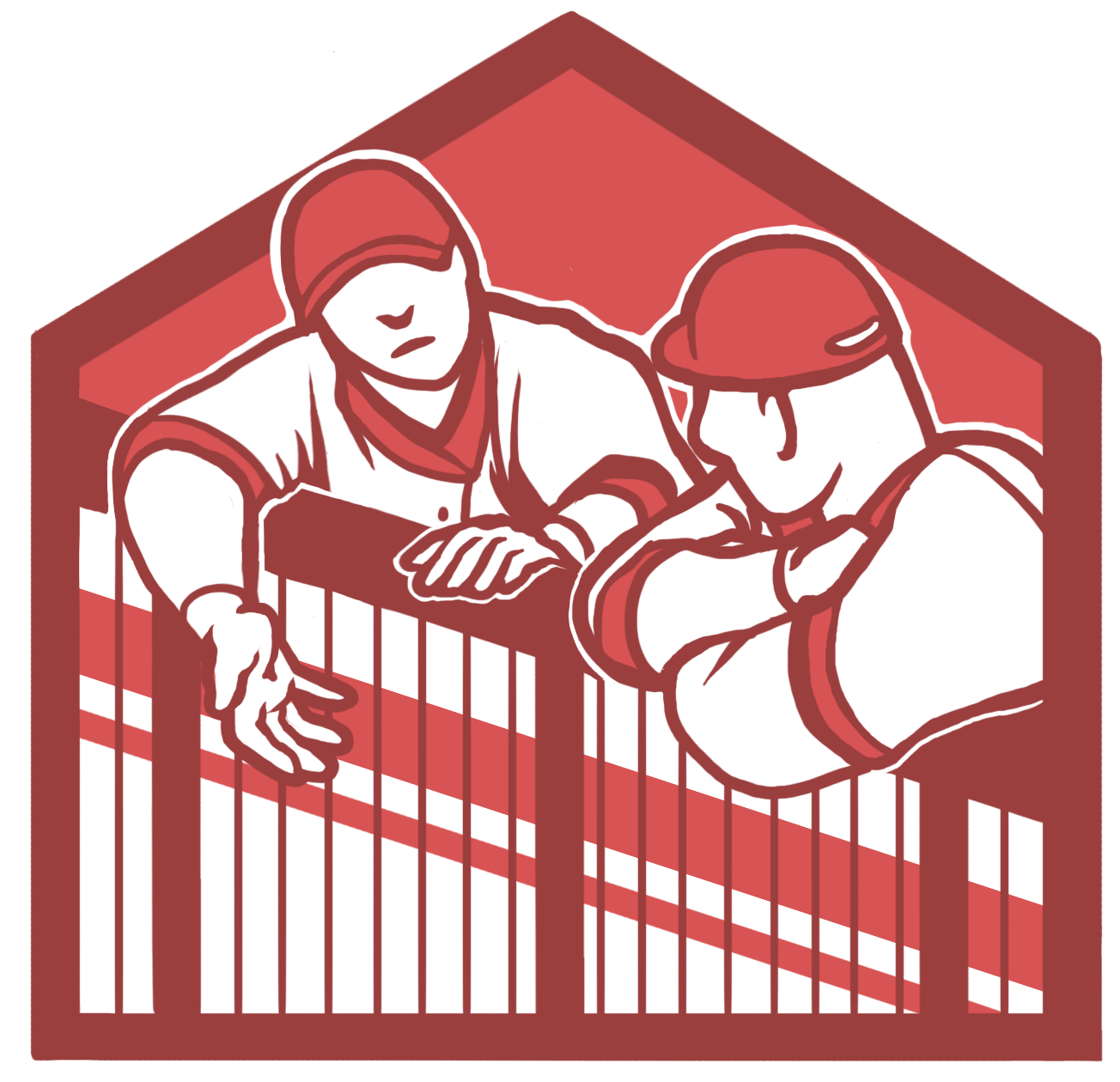
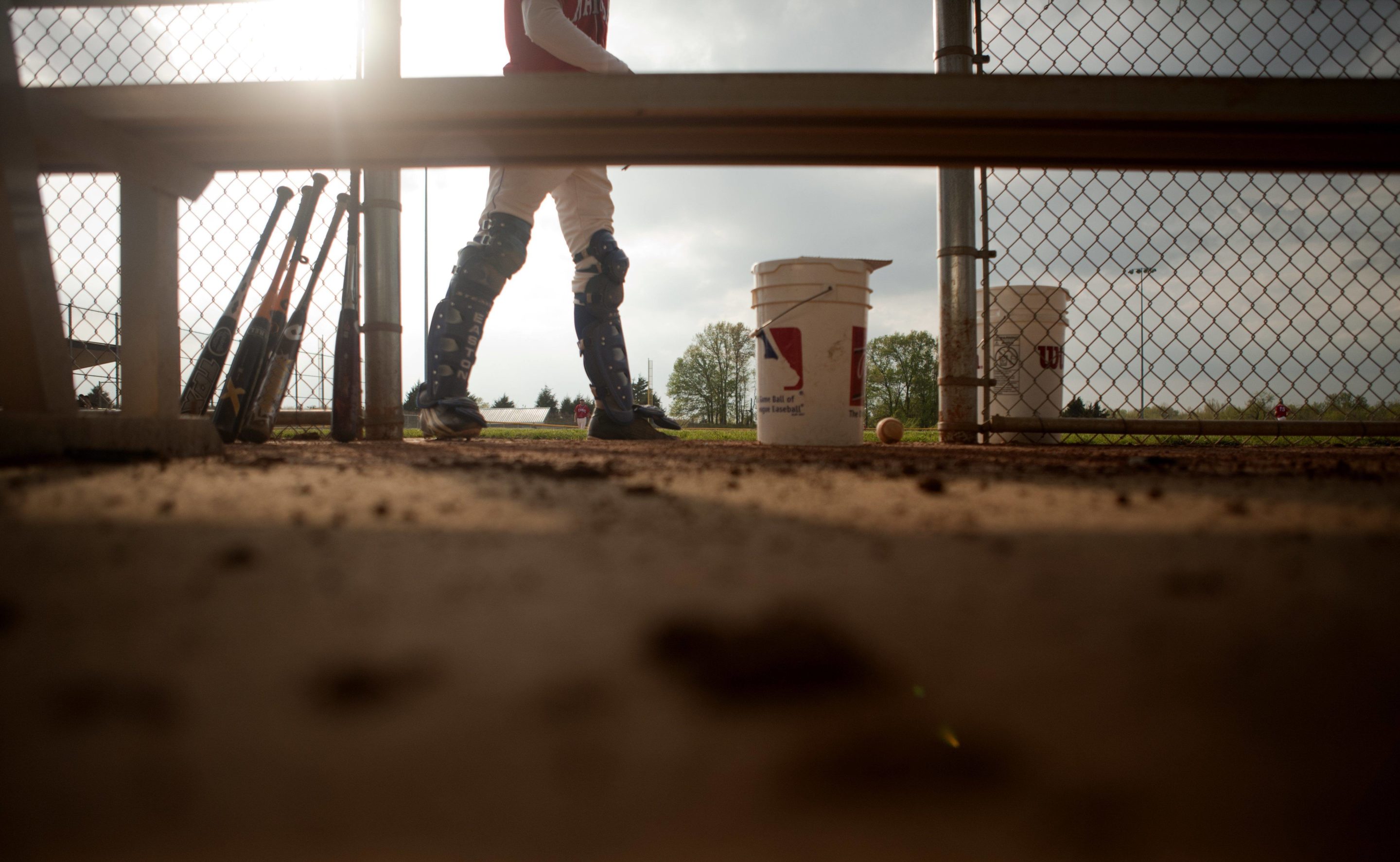
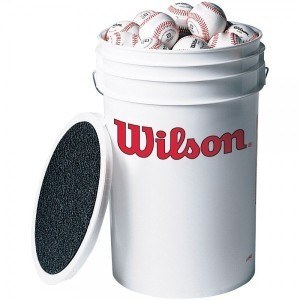
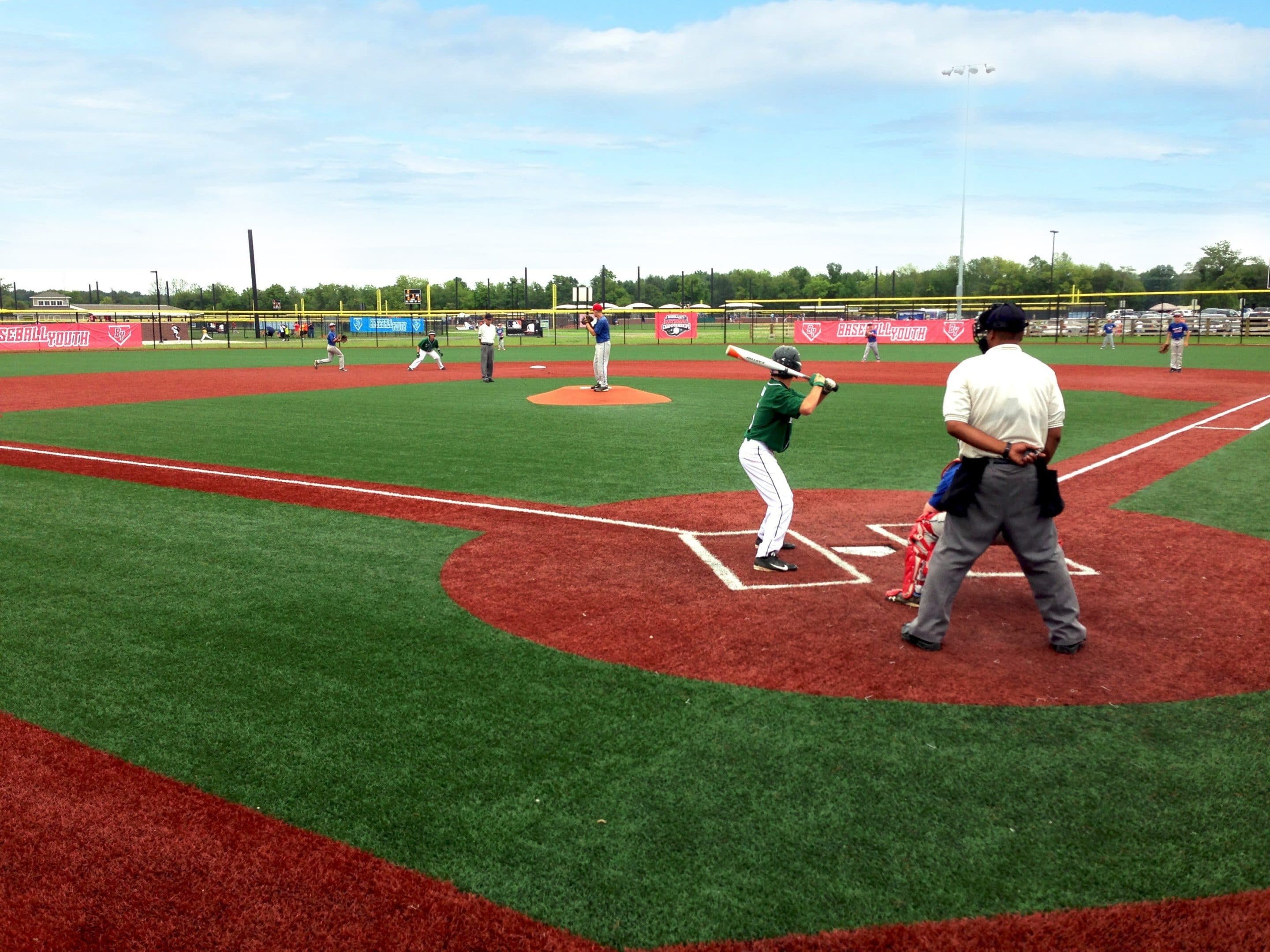
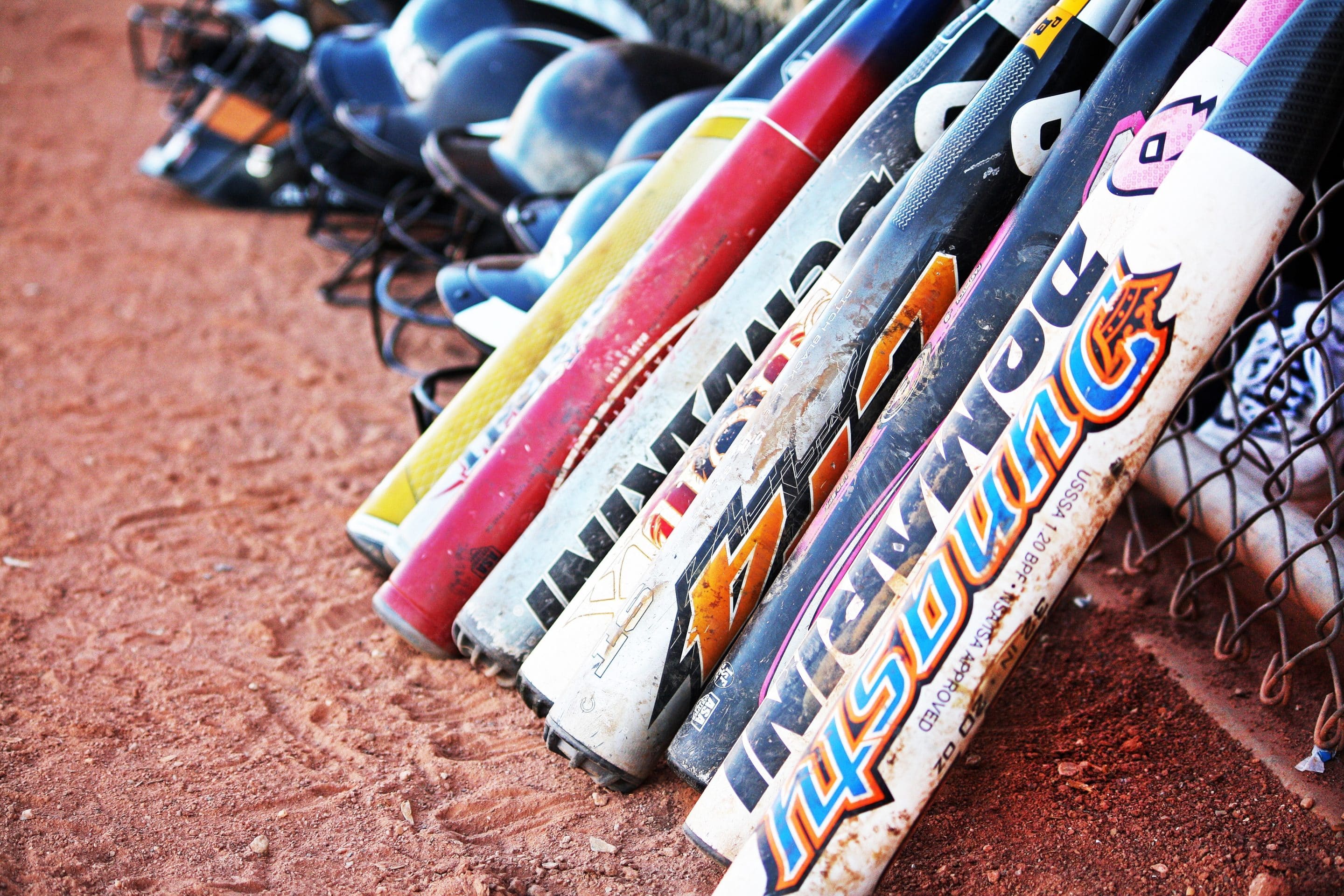
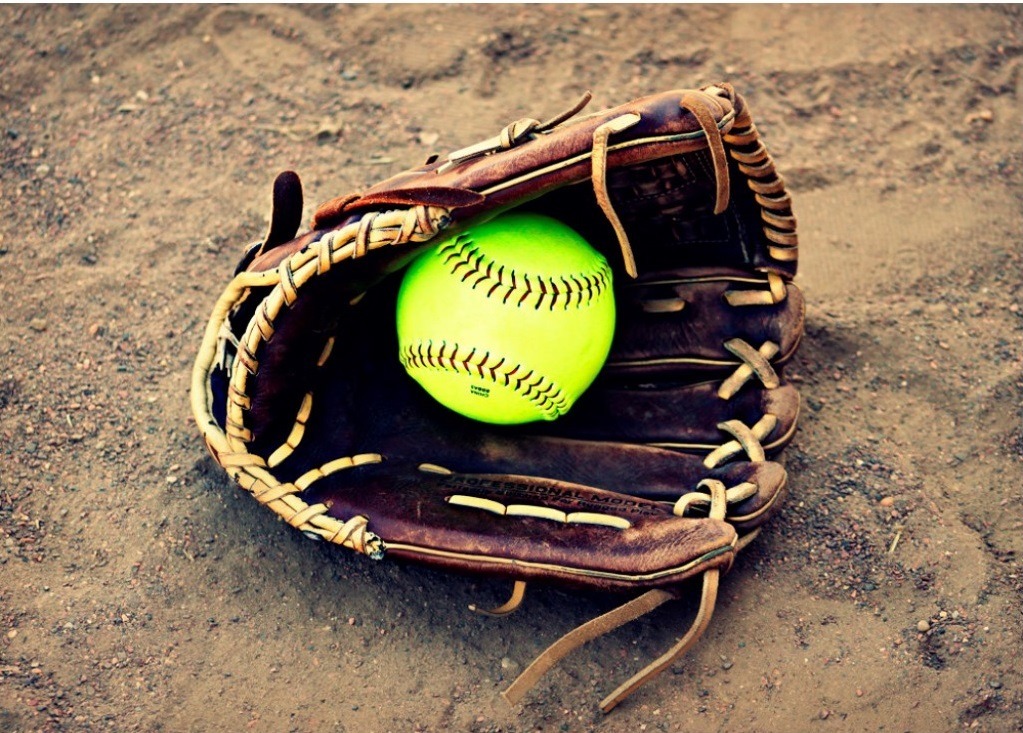
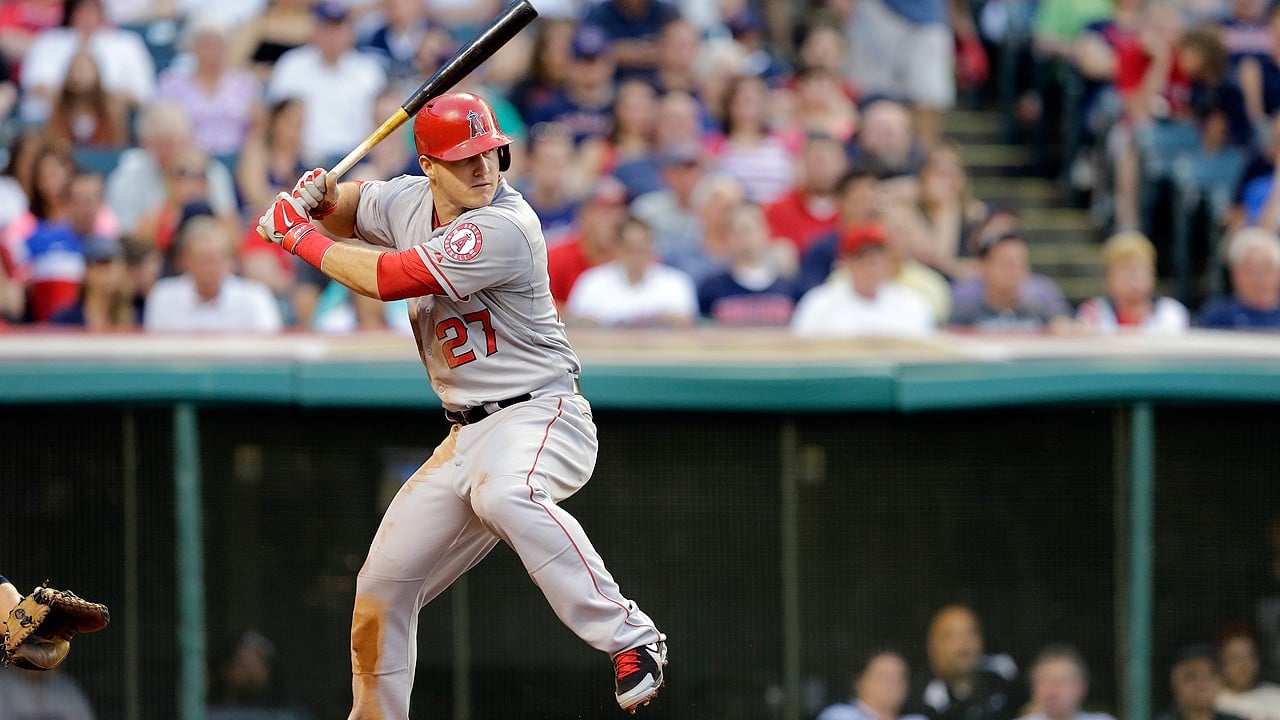
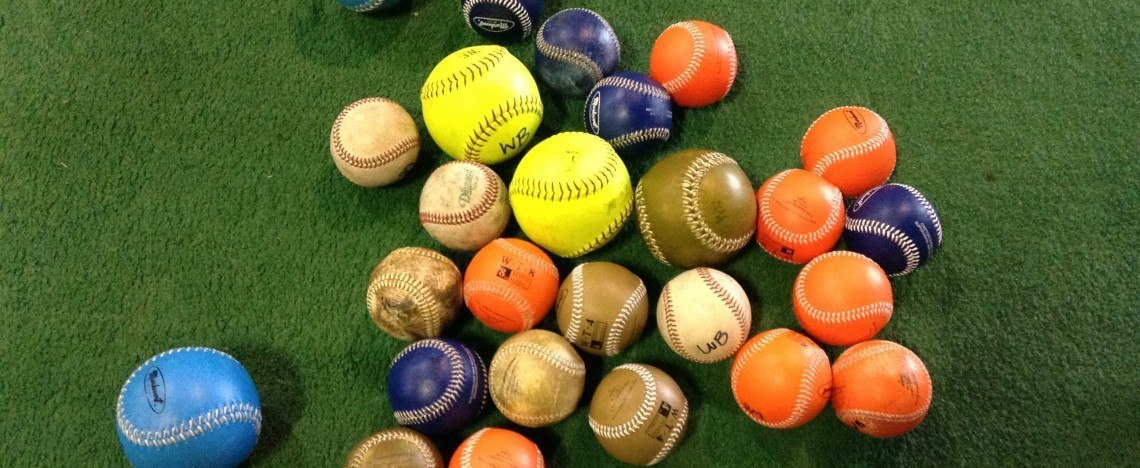

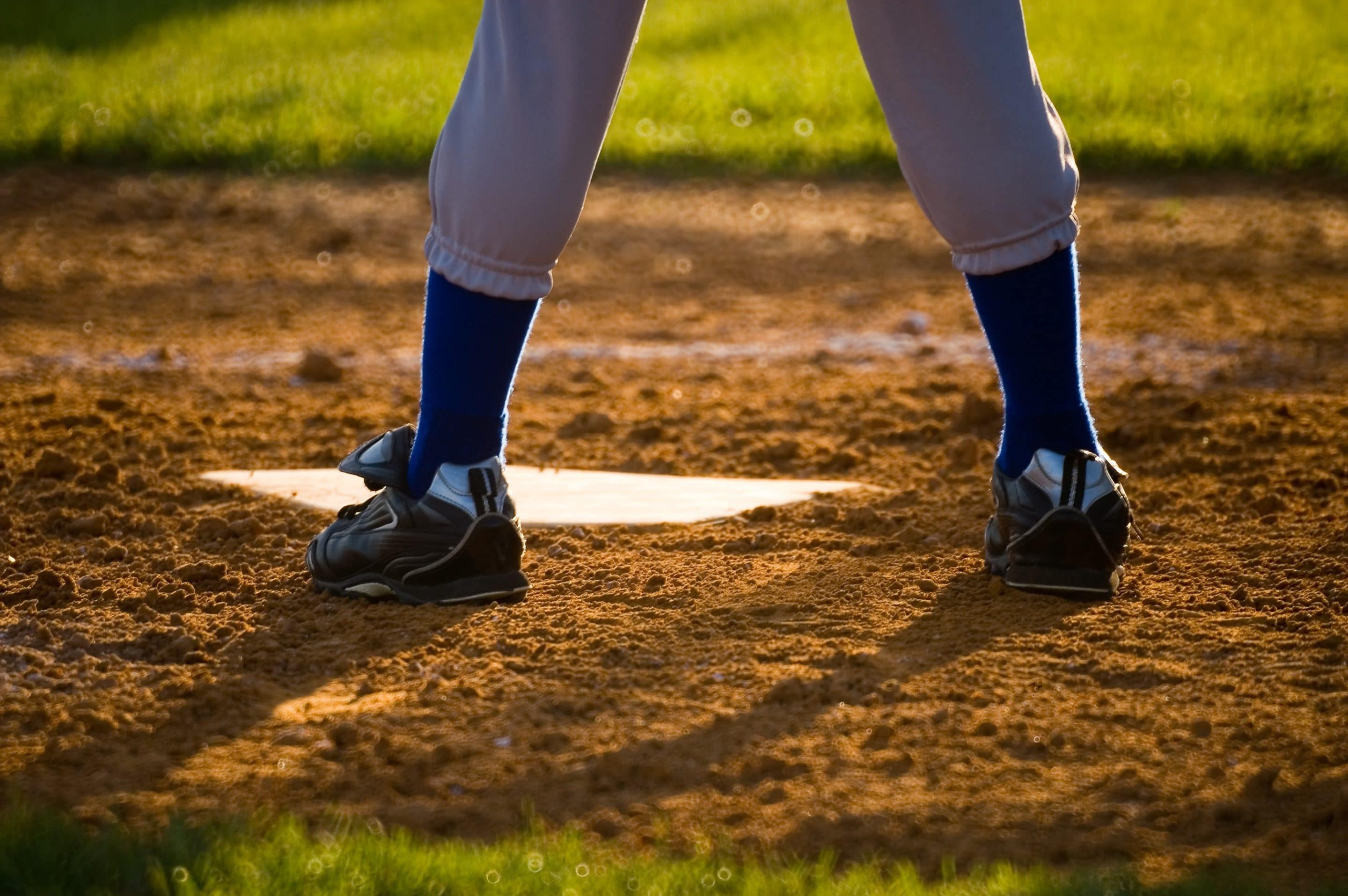
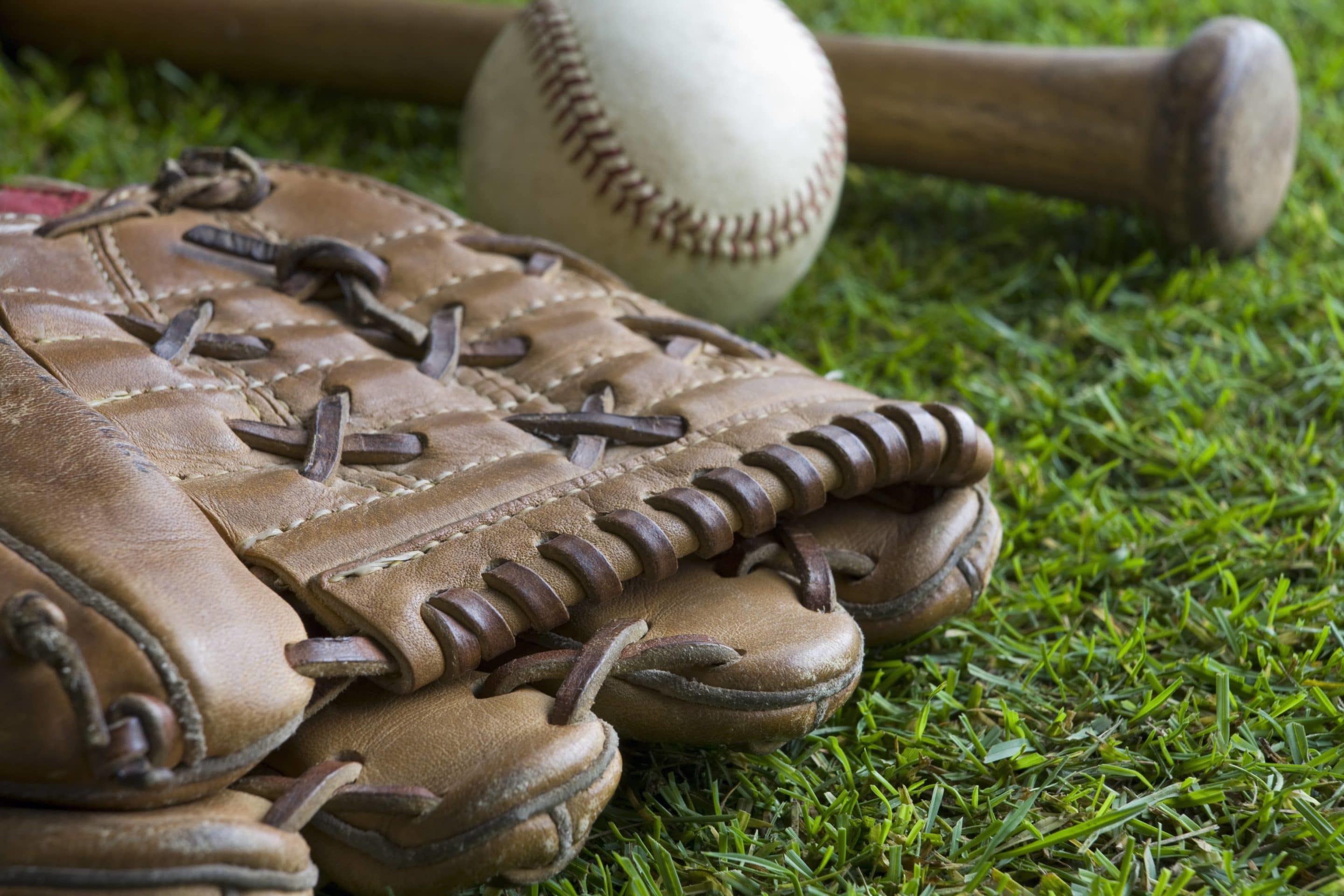
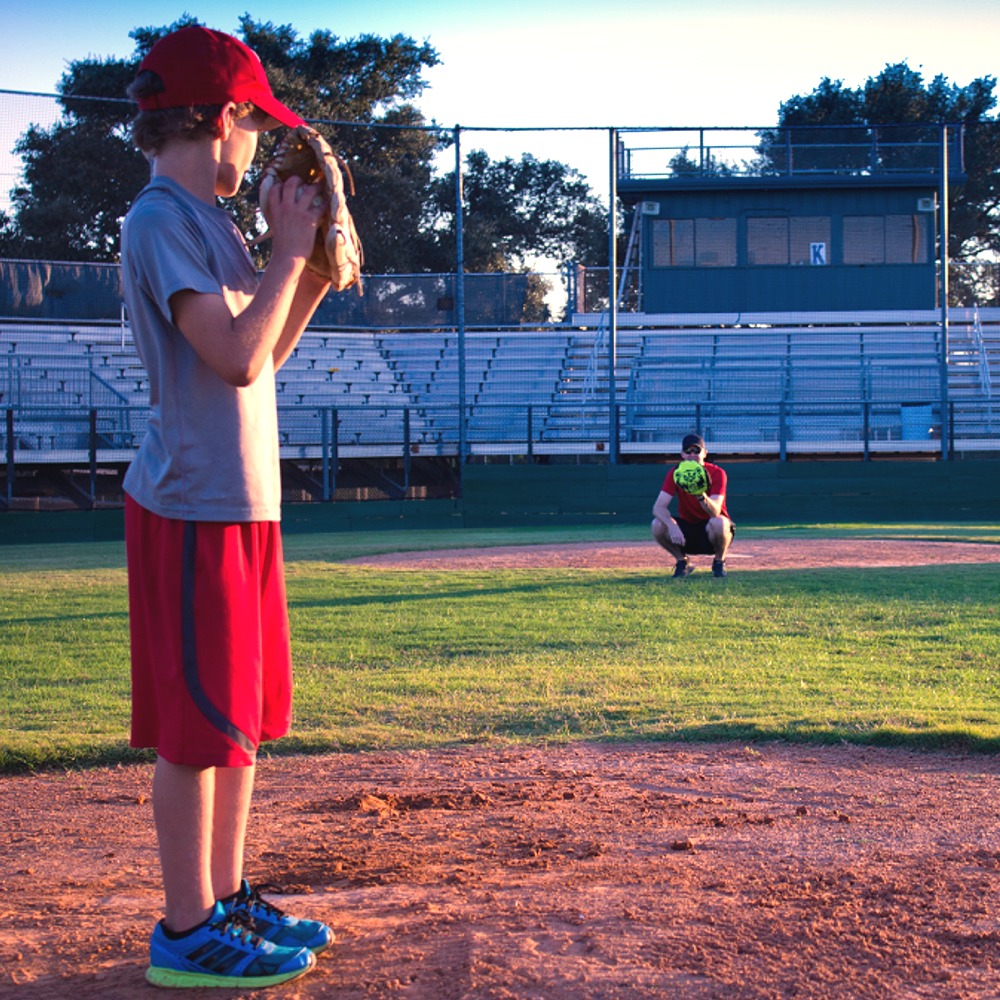
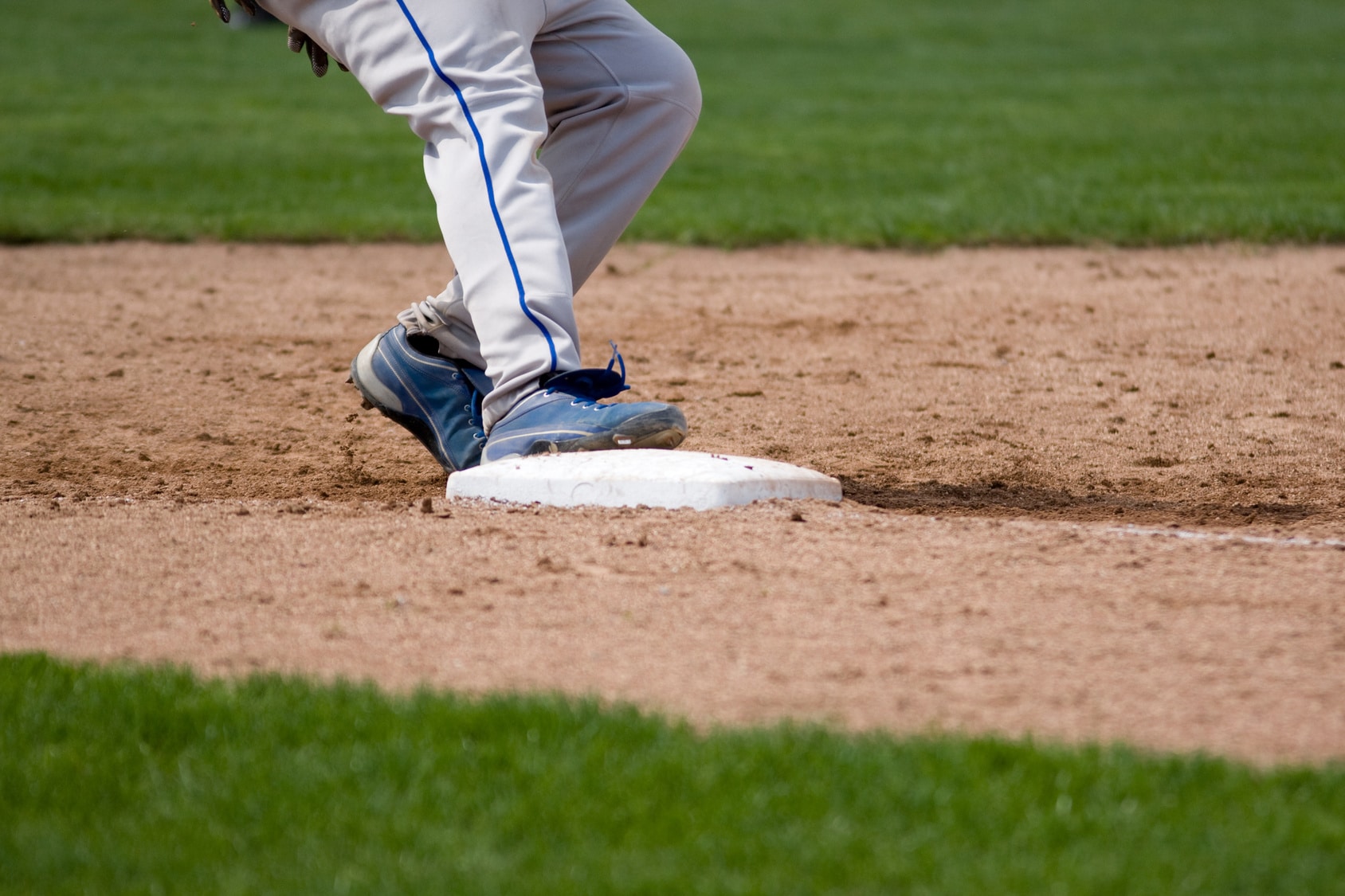
Was wondering can I get these printed out or sent to my email.
Thanks for dropping by. No problem, use your browser to print them out (ctrl-p) or copy (ctrl-c) and paste (ctrl-v) into a Word document and print the document
Coach, awesome practice plan. I am a high school coach in So Cal and the pressure on these kids today is crazy and warm up,stretching and cool down has been pushed aside. In my 32 years of coaching from 8u to College, I can say that no player of mine has ever been injured by lack of conditioning.
Great job !!